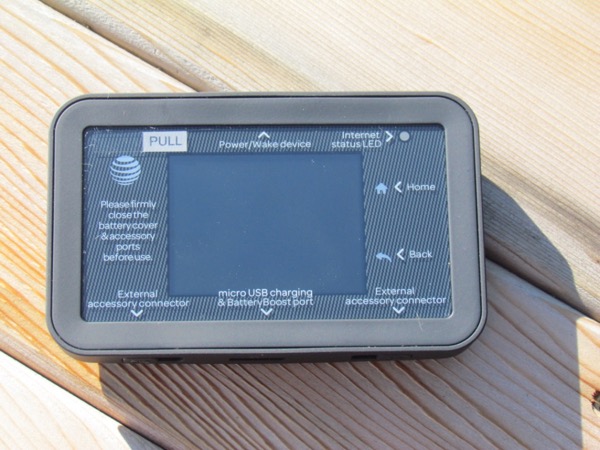On a recent trip to Juneau, Michelle suggested that I “go see Butch.”
Butch runs a small communications company. He has a reputation for figuring out how to set up strong, reliable Internet and cell service in remote areas of Alaska. Neighbors recommended we consult him about our spotty cellular-based Internet.
I met Butch, and described our situation, about which I’ve complained before: cruise ships visiting the upper Lynn Canal overload our cellular systems, leading to dropped calls, slow or no credit card processing for local businesses, and, closest to home, service blackouts here on the homestead.
In short, Butch told me we’re out of luck.
However, our discussion proved educational. I’ll share what I learned. It shows some of the obstacles to regularly scheduled blog posting, as well as other on line business we try to conduct here from the homestead. Butch helped clear up several coverage mysteries we’ve contemplated since switching from satellite Internet to cellular.

We just got a new Aircard 815S from AT&T. It might connect better, and it’s definitely less fragile than our old Velocity (Photo: Mark A. Zeiger).
Butch told me that cell signals are basically radio waves, and behave similarly. That means that signal bounces off of hard objects, most notably the sheer stone cliffs north of us, where Skagway lies. These waves tend to radiate in straight lines, rather than”flowing” into dips on the other side of obstructions, such as the ridge above our home. He also told me about the calibration used to prevent separate cell towers from overlapping coverage, while avoiding creating as many dead areas as possible.
With our mobile hotspot and booster, we’re getting about the best coverage we can expect. When it’s not completely sabotaged by extenuating circumstances . . . .
Butch told me that signal may bounce or get absorbed by other natural features of our area. He said nothing absorbs cell signal quite as well as dark green trees, particularly when saturated with rain water and/or fog.
Imagine that, I said, thinking of my home in the heart of the temperate rainforest . . . .
Snow offers mixed blessings. Snowy mountain slopes can bounce signal, although the snow itself also absorbs signal. He also said that hot days, when one can see heatwaves on the water, can disrupt signal, especially at high tide. This explains the weird, often-observed outages on sunny days with no ships. High overcast, cool days actually create optimal connectivity.
While we do get coverage on the homestead, it’s rather a near miss. Butch theorized that we could, at any time, receive signal from Haines or Skagway. A single cruise ship in the region would likely use both towers, overriding coverage for both Haines and Skagway.
We also worked out how the ships manage to degrade our coverage as they pass our property.
We expect oversaturation of the bandwidth in the evening. But, why do we lose coverage in the early morning, as ships come north? Most passengers should still be asleep—who’s using the cell system?
As it turns out, the phones are using the system.
I often mistakenly assume that everyone does what I do. We turn our phones off at night, so we tend to believe everyone does.
Instead, people continue to use bandwidth right up until they lie down to sleep, when they set their devices aside, still on.
To maximize time in port during the day, cruise ships often depart Juneau in the late evening, and cruise slowly up Lynn Canal, to dock in Skagway or Haines just before most of their passengers rise. Since there’s little or no cell coverage from just south of our place to just north of Juneau, these ships cross into coverage about the time we see them from our place.
At that moment, any data interruptions resolve. Unsent and unreceived messages upload and download, myriad apps and software programs update and refresh—a veritable data storm engulfs each ship as it moves north. Any hapless blogger who got up extra early to meet his deadline from a cabin on the shore doesn’t stand a chance.
Michelle supplied a final, crucial piece of information after I told her all that Butch had related. She says that some of the cruise ships charge passengers for onboard Wi-Fi! Obviously, the vast majority of cruising data users put up with the cellular dead zones enroute to get free connectivity through their phone carriers. They are oblivious of the inconvenience they cause to those of us who live in the area, and depend on that same connectivity for our livelihoods.
Ironically, I’m writing this post on Wednesday, September 20th, with no real expectation of posting it today, its “due date.” Our last tour ship of the season is in town; several have docked in Skagway. Whatever our source for cell coverage, we’re out of luck again, as usual. At least we can expect better connectivity for a while after today.
And, thanks to Butch, even though we can’t do anything to improve our situation, at least we now understand a lot more about how it gets the way it does.
